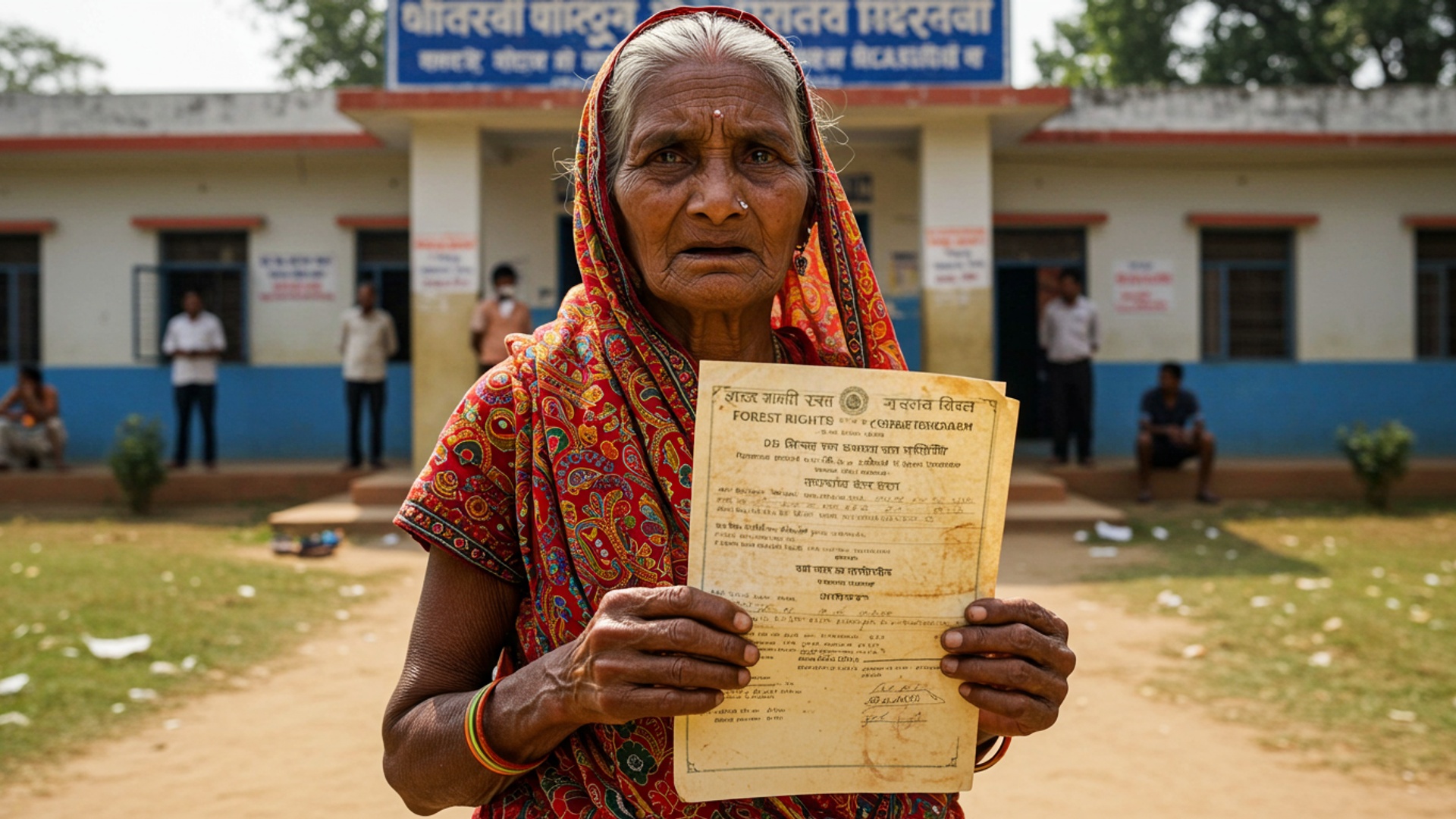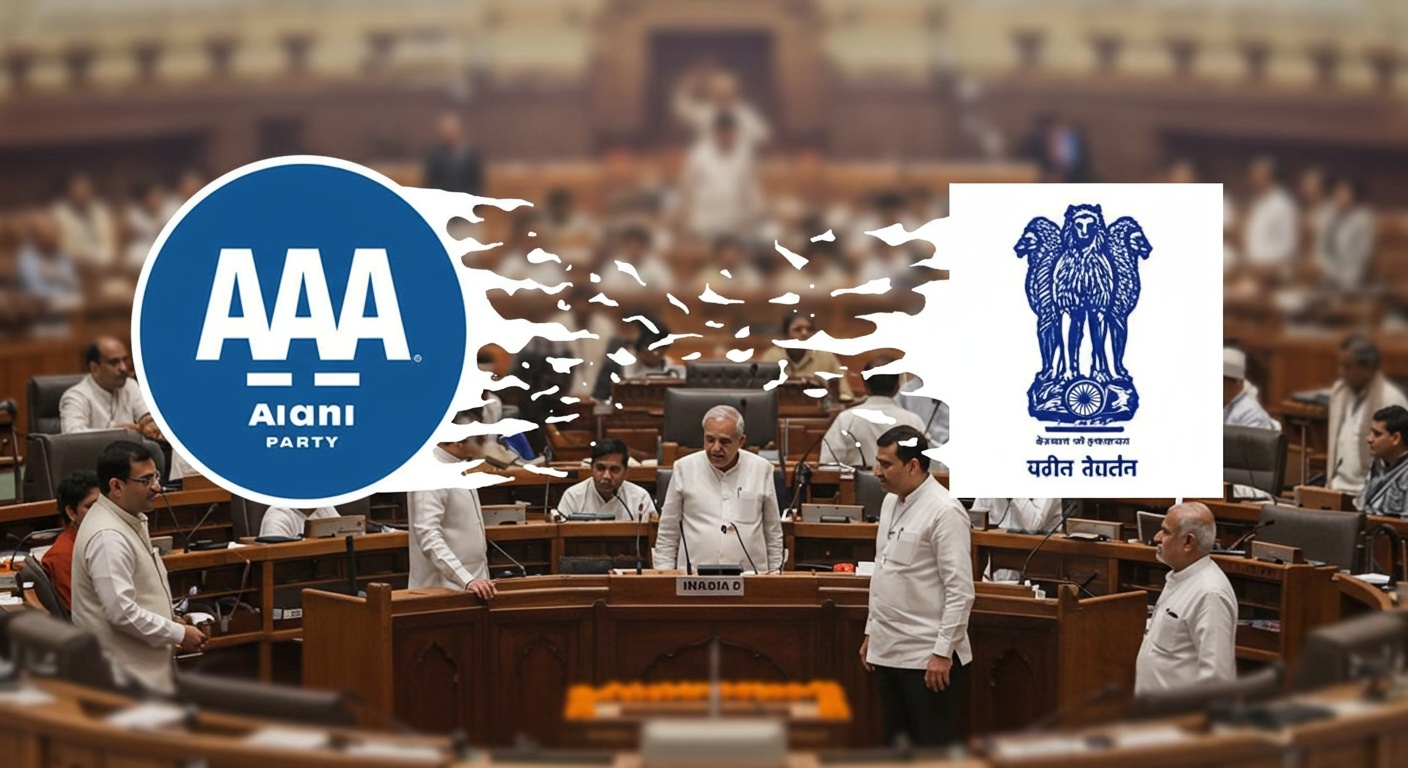Thousands of crucial forest rights titles have mysteriously disappeared from government records in Chhattisgarh, igniting widespread alarm among tribal communities and rights activists. This shocking development, coming to light recently, directly impacts the livelihoods and ancestral land claims of indigenous people across the state. The sudden vanishing of these vital documents threatens to strip thousands of their legal recognition and opens the door to potential exploitation, raising urgent questions about administrative negligence and the protection of vulnerable populations. Experts warn of a looming crisis as communities fear losing their long-held rights to forests they have inhabited for generations.
Understanding the Disappearing Records
Thousands of official documents recognizing the land and resource rights of forest dwellers in Chhattisgarh have seemingly vanished from government records, causing deep worry among affected communities. Reports show that many Forest Rights Titles, which provide legal ownership and access to forest lands, have disappeared from the State government’s Tribal Welfare Department records over the past 17 months. This issue came to light through details obtained under the Right to details Act.
What are Forest Rights Titles?
Forest Rights Titles are legal documents issued under the Scheduled Tribes and Other Traditional Forest Dwellers (Recognition of Forest Rights) Act, 2006, often simply called the Forest Rights Act (FRA). This crucial law was created to fix historical wrongs done to tribal groups and other people who have lived in forests for many generations. Before this law, many forest dwellers were denied their traditional rights over forest land and its resources. The Act gives forest-dwelling communities legal rights over the land they have been farming and living on, up to a maximum of four hectares for individual families. It also recognizes their rights to collect and use minor forest products like leaves, fruits. firewood. to graze their animals. Importantly, the Act gives local village councils, known as Gram Sabhas, the power to manage and protect their community forest resources. This law helps ensure the safety of land and food for millions of people who depend on forests for their daily lives. It also helps in protecting forest areas by giving communities a direct say in their management.
Details of the Missing Records
The disappearance of these titles has been noted in several districts across Chhattisgarh. For example, in Bastar district, the total number of Individual Forest Rights (IFR) titles recorded in January 2024 was 37,958. By May 2025, this number had fallen to 35,180. This means more than 2,700 individual titles disappeared from the records. In the same district, individual forest rights claims also dropped by almost 3,000 from 51,303 claims filed in January 2024 to May 2025. Similarly, in Rajnandgaon district, the number of Community Forest Resource Rights (CFRR) titles was cut in half within just one month last year, going from 40 titles to 20. Bijapur district also saw a small but notable reduction, with CFRR titles decreasing from 299 in March 2024 to 297 by April 2024. Here is a brief overview of the reported changes:
| District | Type of Title | Count (January 2024/March 2024) | Count (May 2025/April 2024) | Change |
|---|---|---|---|---|
| Bastar | Individual Forest Rights (IFR) | 37,958 | 35,180 | Down by 2,778 |
| Rajnandgaon | Community Forest Resource Rights (CFRR) | 40 | 20 | Halved (Down by 20) |
| Bijapur | Community Forest Resource Rights (CFRR) | 299 | 297 | Down by 2 |
Overall, as of May 2025, Chhattisgarh had given out 4. 82 lakh IFR titles and 4,396 CFRR titles across 30 districts where the Forest Rights Act is in effect. The state of Chhattisgarh accounts for a significant portion, over 43 percent, of the total forest area in India where these titles have been given.
Government’s Explanation
State government officials have addressed the missing title records by stating that the earlier, higher numbers were incorrect. They claim these figures were due to “miscommunication and error in reporting.” According to officials, the records have now been corrected. the changes observed are simply a result of fixing these past mistakes. An official noted that the situation “may be seen as a reporting error.”
Concerns for Forest Dwellers
The disappearance of these forest rights titles is a major concern for the thousands of families who depend on these lands for their homes and livelihoods. Without clear and accurate records, these communities face the risk of losing their land. This uncertainty can lead to worries about their future, their ability to earn a living. their traditional way of life. The Forest Rights Act was specifically designed to protect these vulnerable groups and ensure they have a secure place in the forests they have cared for over generations. The law also empowers Gram Sabhas, or village councils, to make decisions about their forests. This means they have the right to manage and conserve community forest resources and to stop any activities that could harm the forest or its wildlife. If the records of these rights are not clear, it can weaken the power of these local councils and make it harder for them to protect their traditional lands.
Recent Conflicts Over Forest Management
Adding to the concerns about missing titles, there has been a recent conflict between the state’s forest department and tribal communities regarding the management of community forest resources. On May 15, 2025, the Chhattisgarh Forest Department issued a directive. This order stated that it would oversee forest lands given to tribal communities under the Forest Rights Act until the central government provided specific management plans. This directive also stopped other government departments, non-government organizations. private groups from working on Community Forest Resource Rights matters. Tribal communities and civil society groups strongly opposed this directive. They argued that it went against the spirit of the Forest Rights Act and undermined the powers given to Gram Sabhas. Activists, including Alok Shukla from the Chhattisgarh Bachao Andolan, called the order “unconstitutional.” They pointed out that the tribal welfare department, not the forest department, is generally the main agency for putting the Forest Rights Act into practice at the state level. Large protests took place across many districts in Chhattisgarh, including Nagari, Narayanpur, Gaurela-Pendra-Marwahi, Ambikapur, Kanker, Gariaband, Pithora, Balod. Bastar. Thousands of people joined rallies, submitting petitions to the Chief Minister, stating that the order violated their constitutional rights. The protesters believed the move was an attempt to take away control from Gram Sabhas and possibly pave the way for land diversion for large projects. The forest department initially explained that their directive was an interim step to ensure “scientific forest management” and to align with the National Working Plan Code 2023, due to a lack of clear central guidelines. But, critics saw this as an attempt to reduce the self-governance of tribal communities. Following this widespread opposition, the Chhattisgarh Forest Department withdrew its controversial directive on July 3, 2025. The Forest Minister, Kedar Kashyap, ordered the withdrawal of the advisory.
Ongoing Challenges
The situation highlights the ongoing challenges in fully putting the Forest Rights Act into practice in Chhattisgarh. Even before these recent events, around half of all claims made under the Forest Rights Act in Chhattisgarh were rejected. There have also been past concerns about how land titles were verified, with some reports suggesting that numbers of beneficiaries might have been inflated in some areas without proper checks on the ground. The state government is also working on processes to make it easier for land ownership to be transferred to the legal heirs of titleholders after their death. These issues collectively point to the need for clear, consistent. transparent management of forest rights to ensure that forest-dwelling communities receive the full benefits and protections intended by the law. ![]()

















